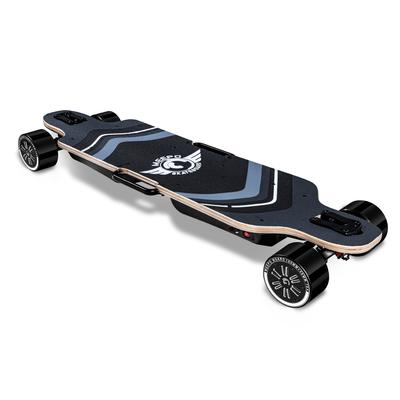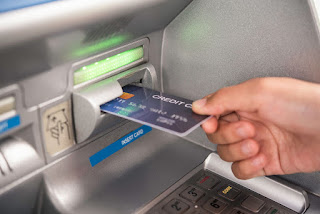Electric Skateboards
Electric skateboards are not your traditional skateboards. They are different in many ways. You can use them indoors and outdoors and they have no tires. It is also called a zero turn skateboard or a two-wheeler.
What sets them apart? For starters, they have no wheels. Instead, the boards are propelled by electricity that is provided by a small battery. This means you can use them indoors and outdoors and still control how fast and in what direction they go. Typically, the speed is controlled either by a small handheld throttle attached to the handlebar or by the weight-switching mechanism between rear wheels for backwards movement and front wheels for forward movement. Electric skateboards
The reason for the absence of wheels is very simple. These electric skateboards are propelled by a foot pedal system that turns a drive wheel from an electric motor to direct current. The foot pedal is attached to a chain and when the rider wants to move the board, either up or down, he just removes the pedal. The current produced by the motor is then transmitted to a small connected battery that stores it in a single battery pack located at the rear of the skateboard. At full speed, the motor will produce over 1000 watts of power. The batteries last about five minutes before they need to be recharged.
Because these electric skateboards come with no wheels, there is one major difference they lack: braking. The reason for this is that the skateboard has no means of applying the brakes that a regular skateboard would have. The result is that unlike a normal skateboard, when an electric skateboard's speed slows down, the rider must press a foot brake to slow the machine down.
In addition to lacking wheels, there are two other differences between electric skateboards and normal ones. One is that on electric skateboards, the motor is placed directly under the deck, where it can be pointed in any direction without affecting the stability of the deck. Thus, riders do not need to worry about sticking their feet to something soft and mushy under the deck (something that sometimes happens with skateboards that have no wheels). This also makes them more resistant to sudden and unforeseen movements. In addition, the batteries for these machines are smaller and tend to be more expensive than those for a normal skateboard, but they last longer, which is why they are often used in skate parks instead of conventional skateboarding parks.
The second difference is that on electric skateboards, the deck does not have any rubber or plastic protectors to reduce the drag of air. Thus, instead of traveling at the same rate as a normal skateboard, the speed of an electric skateboard differs based on how fast the rider is moving. In other words, an electric skateboard's speed depends largely on how fast you go. There are three basic types of electric skateboards: Class A, Class B, and Class C. Each of these has a different maximum speed limit. Some popular models include the TUR posed a skateboard and the Tipo posed a skateboard.
Since they lack the stability of regular skateboards, electric skateboards usually cannot be used on ramps or half-pipes, and many of them come with limited storage space. Most models have rigid plastic tires that are perfect for skating on smooth surfaces, but these tires may crush easily when jumping or landing from high places. Also, they do not handle well on curbs and in downhill areas.
Some of the better models come with two battery packs. The first one provides the rider with a single charge for riding anywhere. The second is usually attached to the skateboard through a wiring system and charges the battery while the rider is on the machine. This makes it easier to go "off-road" and to charge the battery when the battery gets low. Most battery packs for electric skateboards require a new battery after each use, but this is not usually a problem.






Comments
Post a Comment